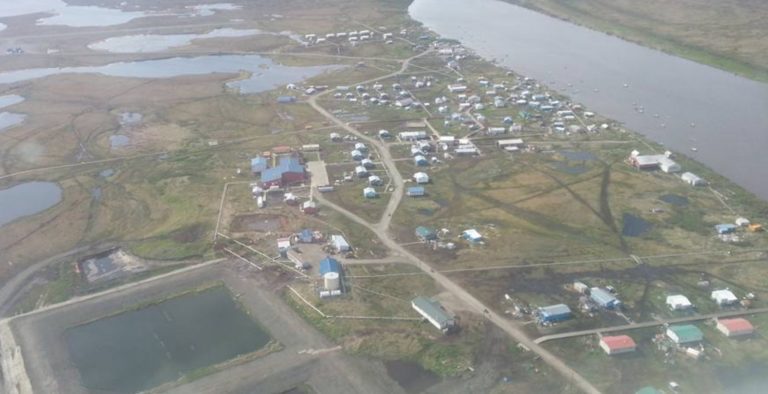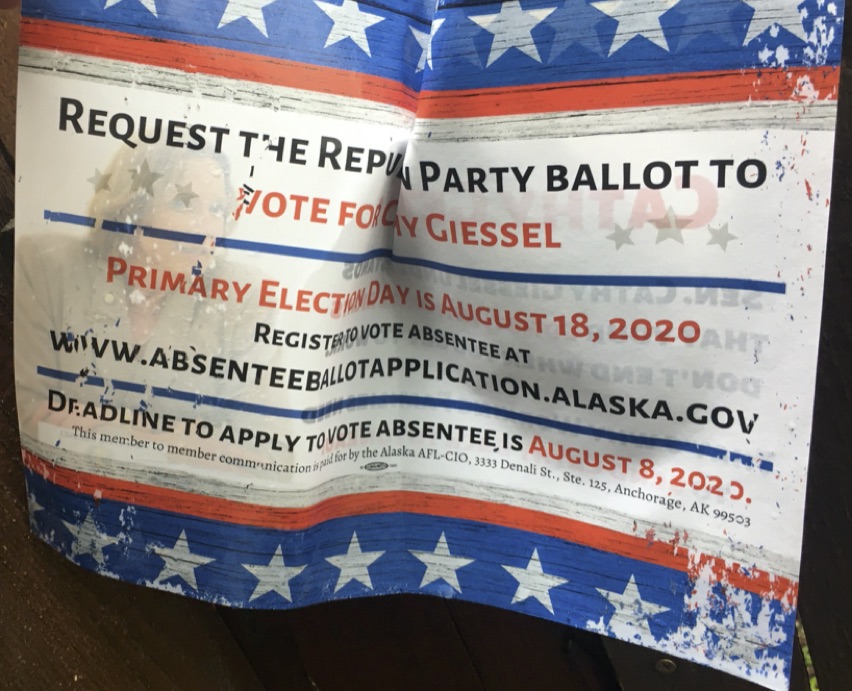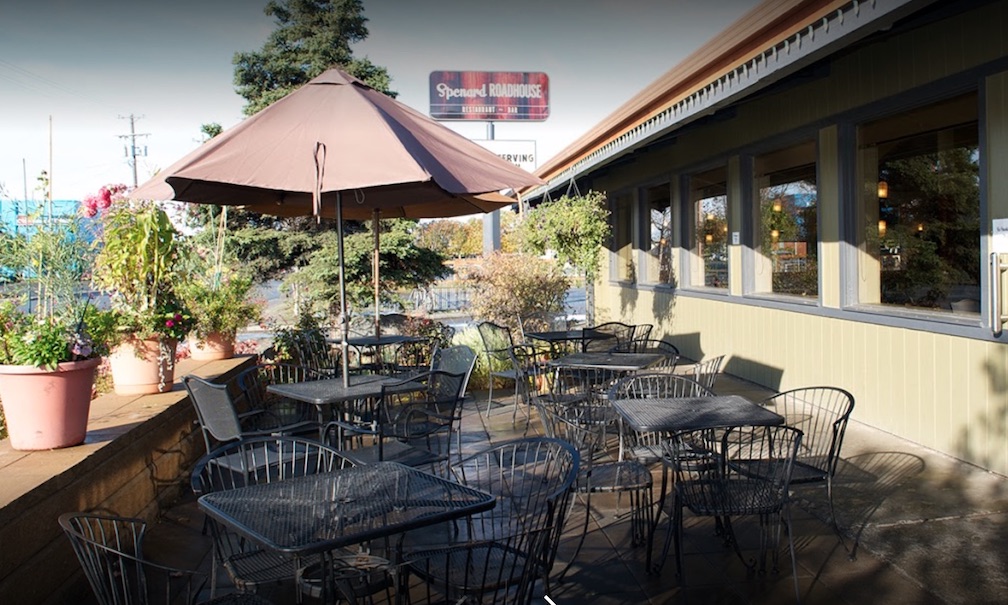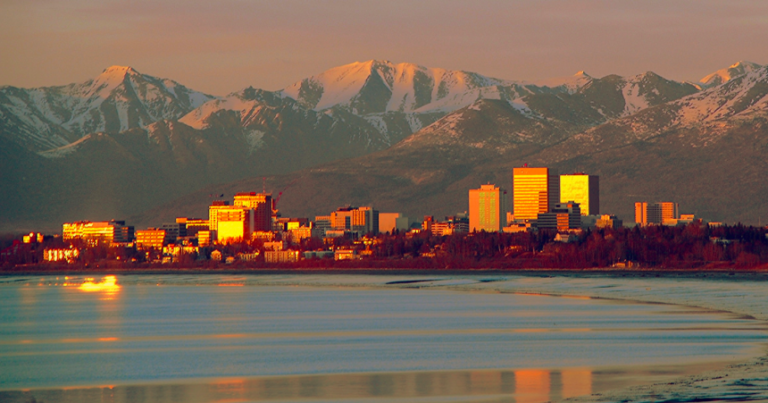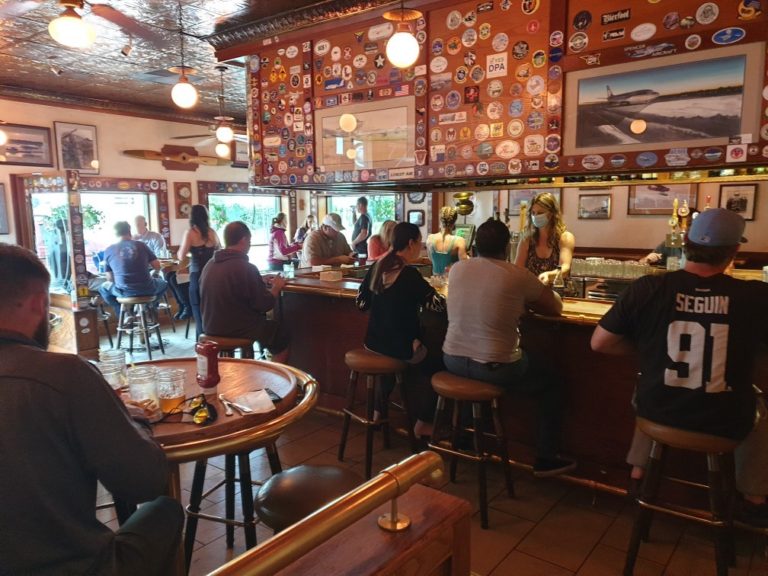F.E.A.R: FALSE EVIDENCE APPEARING REAL
By MICHAEL TAVOLIERO
For my contemporaries, you may recall Dune’s sisterhood’s “Litany Against Fear.”
“I must not fear. Fear is the mind-killer. Fear is the little-death that brings total obliteration. I will face my fear. I will permit it to pass over me and through me. And when it has gone past I will turn the inner eye to see its path. Where the fear has gone there will be nothing. Only I will remain.”
We have arrived in time where fear is retarding our social and economic development on a level which may be intrinsically irrecoverable for decades.
We as a community are considering the utmost in social and cultural suicide: the closing of our education institutions because of the fear created by COVID-19.
Fear is irrevocably tied to consequence and outcome. Our greater fears are sometimes more consequential than the outcomes of disease and death.
May I present a greater consequence and a terrible outcome.
The average 2018-2019 Anchorage School District’s (ASD) PEAKS Math Proficiency was 40.30% and English Language Arts proficiency was 41.79%. In ASD, over 59 out of 100 children were functionally illiterate in Math and over 58 children out of 100 were functionally illiterate in English Language Arts.
We already have a tragic reality with the above Alaska Department of Education and Early Development documented facts. This is an undeniable outcome of the consequence of a broken education system.
Will we allow our fear to destroy our children’s opportunities and futures?
If schools are opened, will children potentially spread COVID-19 amongst themselves, their teachers, and return home to infect their families?
Despite the research of major and respected scientists to the contrary, are we willing to let fear kill our thinking as well as kill our children’s future?
Scientists have yet to find a single confirmed case of a teacher catching coronavirus from a pupil anywhere in the world.
Professor Mark Woolhouse, an epidemiologist from the University of Edinburgh, said closing all schools completely during Britain’s lockdown might have been a mistake. Evidence now suggests children are ‘minimally involved’ in the spread of COVID-19, which politicians should bear in mind in the future, he added.
The British Medical Journal has stated in its Archives of Disease in Childhood the following, “Governments worldwide should allow all children back to school regardless of co-morbidities. Detailed surveillance will be needed to confirm the safety of this approach, despite recent analysis demonstrating the ineffectiveness of school closures in the recent past.”
The National Center for Biological Information published an abstract review which stated, “We undertook a systematic review by searching three electronic databases to identify what is known about the effectiveness of school closures and other school social distancing practices during coronavirus outbreaks. We included 16 of 616 identified articles. School closures were deployed rapidly across mainland China and Hong Kong for COVID-19. However, there are no data on the relative contribution of school closures to transmission control…. Policy makers need to be aware of the equivocal evidence when considering school closures for COVID-19, and that combinations of social distancing measures should be considered.”
Pediatrics, Official Journal of the American Academy of Pediatrics stated, “Almost 6 months into the pandemic, accumulating evidence and collective experience argue that children, particularly school-aged children, are far less important drivers of SARS-CoV-2 transmission than adults. Therefore, serious consideration should be paid toward strategies that allow schools to remain open, even during periods of COVID-19 spread. In doing so, we could minimize the potentially profound adverse social, developmental, and health costs that our children will continue to suffer until an effective treatment or vaccine can be developed and distributed or, failing that, until we reach herd immunity.”
Alaska has lately seen the uptick in positive cases because more and more people are being tested, yet a majority may be asymptomatic with no correlative facts in regard to increases in hospitalization and death equivalence. Unfortunately, the media has not been our friend. Its research is shallow and appears to spawn more fear and confusion than facts and hope. Yet the facts are readily available if you choose to research.
As of July 31, 2020, Alaska has 2,878 confirmed cases, 885 recovered cases, 128 hospitalizations, and 23 deaths.
There are currently hospitalized 37 confirmed COVID-19 cases. Alaska’s hospitals have 941 occupied hospital beds with COVID and non-COVID patients out of 1,438 available beds leaving 497 beds available, 93 ICU occupied beds with COVID and non-COVID patients out of 163 available beds. That leaves 70 ICU beds available, and 257 ventilators available.
These do not appear to be the pandemic specifications we were led to believe.
As of July 29, 2020, there have been 225,057 COVID-19 tests in Alaska. I couldn’t find the asymptomatic ratio in testing results. I suspect it is out there but because there are three separate testing labs — Public Health, Commercial and Hospital/Facilities. These results have not yet been reported.
2020 has caused all of us to face the very real circumstances of fear. My friend used to tell me the acronym for fear is False Evidence Appearing Real.
Have we come to the point in the experience of this disease to discover it is on the level of a bad influenza?
It is contagious, but it is manageable through various in practice remedies. We have also discovered a host of presumptions which have been proven myth.
We need to protect the immunologically deficient yet allow our society to go on about the business of life not fear.
It’s time for us to open our communities back cautiously and wisely. Let’s get back to school, business, and, especially, life.
Michael Tavoliero is a realtor at Core Real Estate Group in Eagle River, is active in the Alaska Republican Party and chairs Eaglexit.
